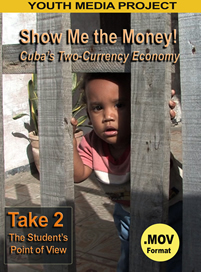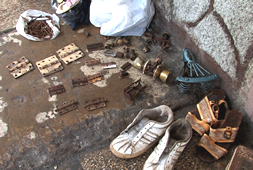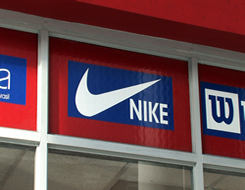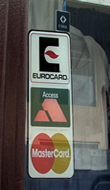
SHOW ME THE MONEY!
Cuba's Two-Currency Economy
Cuba is once again a nation of Haves and Have-nots -
exactly what Castro launched a revolution to end.
This Module Contains:
-
General DVD with 2.15 hours of digital footage of life in Cuba.
-
Topic-specific DVD with 3.37 hours of digital footage of Cuba's two-currency economy and how it impacts Cuban lives.
-
Transcripts of all interviews.
-
Comprehensive background information and summary materials (sample) of the footage, including flowcharts (sample)
-
Cutting-edge curriculum: teaching unit supporting social science standards complete with class activities, grading rubrics, four Power Point presentations, lecture materials, graphic organizers, homework assignments, a video on how to use the footage, and student briefing materials.
Money, Money, Money! After the fall of the Soviet Union, Castro created the Cuban dollar to try to capture desperately needed foreign currency. The Cuban government opened dollar stores filled with everything from brand-name sneakers to sofa sets, and a new class of Cubans emerged – those who had access to foreign currency (through overseas relatives or friends) or tourism. In the process, Castro began to reverse one of the Communist revolution’s most sacred goals – social equality. How does it affect a society when a waiter working at a tourist resort earns more in a week than a doctor makes in six months? When you need a generous uncle in Miami in order to put gas in your car? What happens to the elderly living on fixed, peso-denominated pensions? Castro set out to make everybody equal. For a long time, everyone was equally poor. Now some are getting wealthy and others are being left behind. Is there another way?
Teaching Unit Overview:  With their trademark black humor, Cubans joke that in Cuba the people pretend to work and the government pretends to pay them. But ever since Castro introduced a new currency, you don’t need to work – you just need to have overseas relatives who send you money (and over 60% of Cubans do). How do two currencies – one for lucky people and the other for the common man - warp a nation’s economy and social structure? What are the consequences? If the embargo is lifted and Cuba moves towards a more capitalist paradigm, will the peso or the dollar disappear? Why or why not?
With their trademark black humor, Cubans joke that in Cuba the people pretend to work and the government pretends to pay them. But ever since Castro introduced a new currency, you don’t need to work – you just need to have overseas relatives who send you money (and over 60% of Cubans do). How do two currencies – one for lucky people and the other for the common man - warp a nation’s economy and social structure? What are the consequences? If the embargo is lifted and Cuba moves towards a more capitalist paradigm, will the peso or the dollar disappear? Why or why not?
Footage Highlights:
-
Private (peso) markets - vegetables, pedicabs, meat, etc.
-
State (peso) markets - pharmacy, dry goods, etc.
-
Public transportation - camel bus, etc.
-
Cuban dollar stores
-
Recycling
-
Tourism - resort, transport, markets, etc.
One-year, single classroom educational license: $250. Introductory price: $95.![]()
Site license: contact Take 2
District license: contact Take 2




